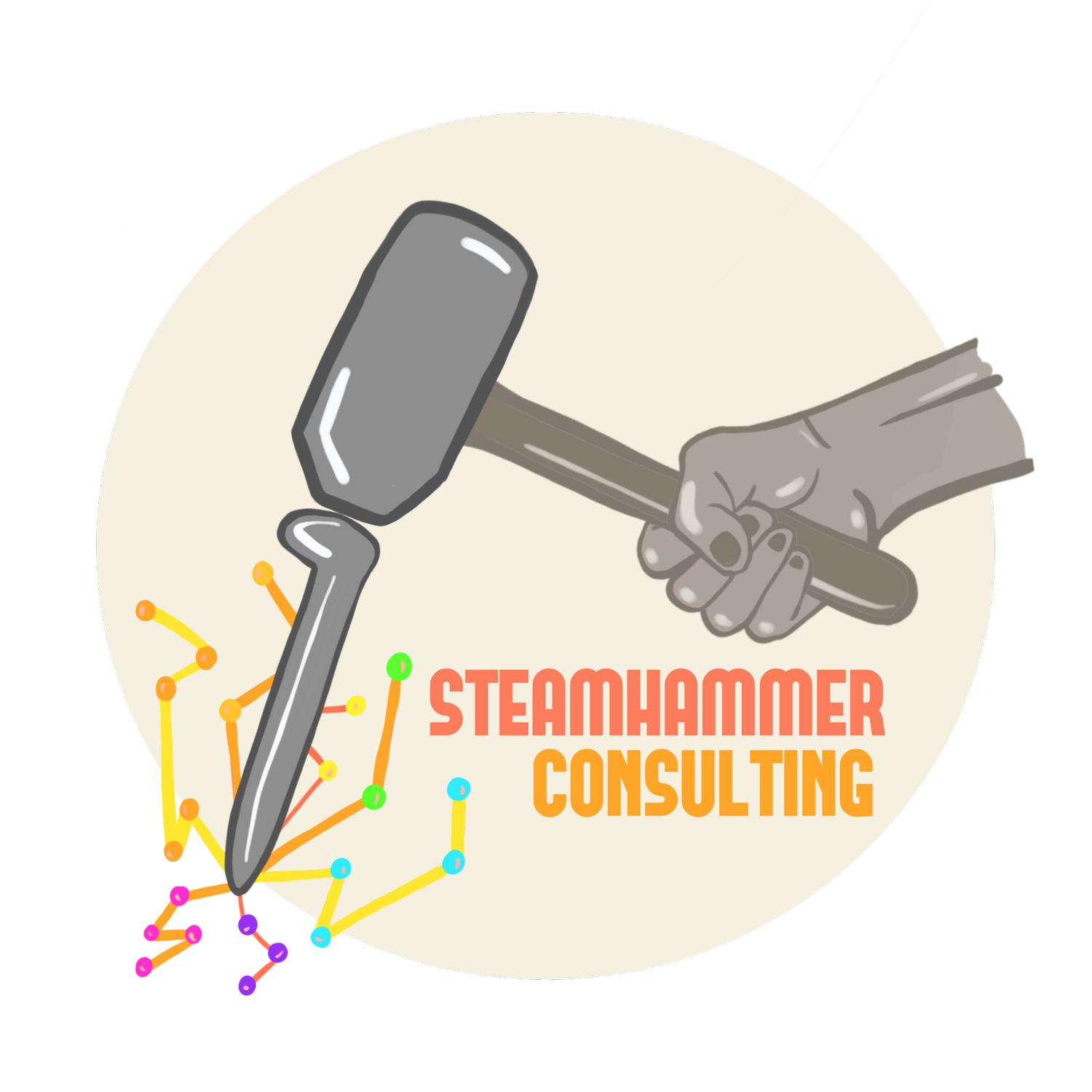How to know if your business needs route optimization consulting. (pt 1)
Route optimization is a critical aspect of any delivery business, as it helps increase efficiency, reduce fuel consumption, improve customer satisfaction, and enhance driver safety . However, it can be challenging to know if you're getting the maximum value from your route optimization software. Several signs suggest that you may need the help of a route optimization consultant to improve your process.
If your system is more than 3 years old, and it's not cloud-based. This means that your system could be outdated, and you're missing out on new features and improvements that come with cloud-based systems. Feature updates and bug fixes are likely to be missed, and upgrades and patches become a pain with an on-premise system. These updates are often skipped or postponed leading to out of date software. This is a sure sign that other aspects of the system are likely not being managed well including data inputs and constraint configurations. There is value to be found here.
You may need help with your route optimization process if your business profile changes. Business changes such as adding new products or services, expanding your delivery area, or changing your delivery model can affect your delivery routes. Therefore, it is crucial to review your route optimization process to ensure that it aligns with your current business profile. If static route planning no longer works well for your business or you see your planners spending too much time manipulating routes on a daily basis you may want to learn about some alternatives that could unlock more savings. Substantial changes in the number of drivers or depots can negatively impact optimization results. Changes in the number of drivers or depots can affect your delivery routes, making it essential to review your route optimization process to ensure that it is still effective.
User stagnation is another sign that indicates you need help with your route optimization process. Familiarity can lead to improper use of your route optimization tools, so it's crucial to provide regular training to your users to ensure they're using the software effectively. Here is where we often see the “John Henry Effect” in action, and it typically reveals itself in increased manual overrides of the optimization results. The planner will force the results to comply with their own opinions as to what makes a route plan “good”. Often these opinions are just plain wrong at worst, or based on faulty data at best. If your planners are doing too much manual work, it is a strong indicator that you need help with your route optimization process. Manually planning routes is a time-consuming process and can lead to errors. With the right configuration and software, you can automate most of the route planning process, freeing up your planners to focus on more strategic tasks.
Finally, If you haven’t thought about your route optimization process in quite a while, you likely would benefit from an experienced perspective. Every system will find its lowest energy point, so it's crucial to regularly review your route optimization process to ensure that it is still effective. You may have stayed too long on an entry level system with a one size fits some configuration. You could be missing considerable value due to an entry level system’s inability to handle much complexity. These systems are designed to handle small to medium-sized fleets, so if you're running a larger operation, it's time to upgrade to a more robust software.
To ensure that you're getting the most out of your route optimization software, it's essential to identify the signs that indicate you need help from a route optimization consultant. By doing so, you can streamline your operations, increase efficiency, reduce expenses, and improve safety.
